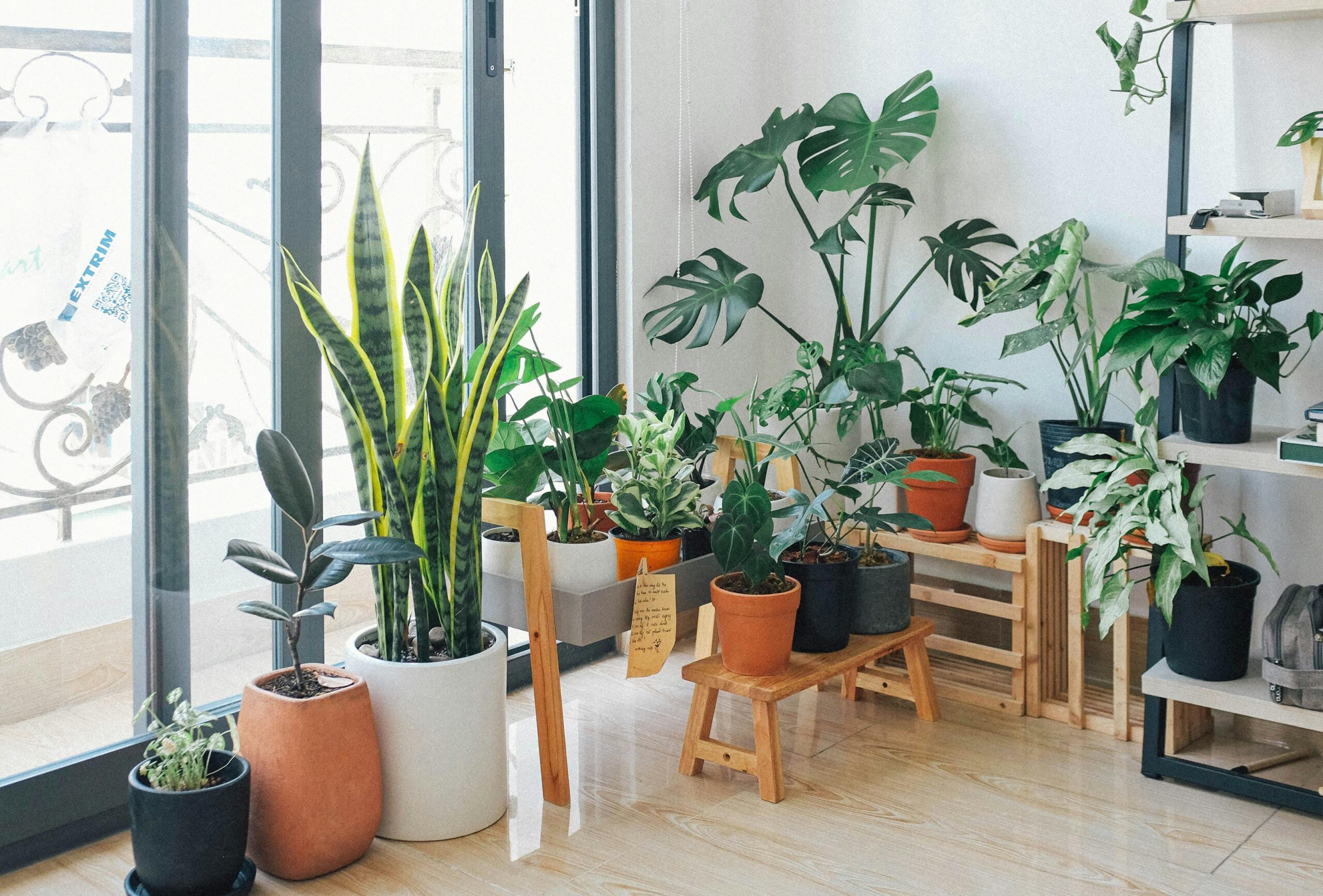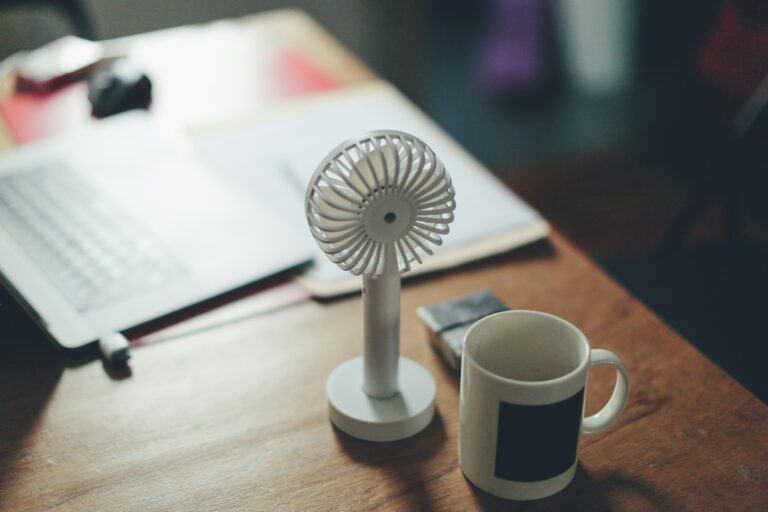We spend the majority of our time indoors, whether at home, in the office, or in other enclosed spaces. However, what many people don’t realize is that indoor air quality can significantly impact our health and well-being.
Fortunately, nature has provided us with a simple yet effective solution: houseplants. These green wonders not only add beauty and tranquility to our indoor spaces but also play a crucial role in improving air quality.
In this comprehensive guide, we’ll explore the myriad benefits of using houseplants to improve indoor air quality, from filtering out harmful pollutants to boosting mood and productivity.
1. Purifying Indoor Air
Houseplants act as natural air purifiers, absorbing harmful pollutants and toxins from the air through their leaves and roots. NASA’s Clean Air Study found that certain plants are particularly effective at removing common indoor pollutants such as formaldehyde, benzene, and trichloroethylene.
Examples of air-purifying plants include the peace lily, snake plant, spider plant, and Boston fern. By incorporating these plants into your indoor environment, you can significantly reduce indoor air pollution and create a healthier living space for you and your family.
2. Increasing Oxygen Levels
During photosynthesis, plants absorb carbon dioxide from the air and release oxygen, helping to increase oxygen levels indoors. This can lead to improved concentration, enhanced cognitive function, and reduced fatigue and stress. Placing a few houseplants in your home office or workspace can create a more oxygen-rich environment, promoting productivity and well-being.
3. Humidifying the Air
Many houseplants release moisture through a process called transpiration, which helps to humidify the air and combat dryness. This is especially beneficial during the winter months when indoor heating systems can cause the air to become excessively dry, leading to respiratory issues and dry skin.
Plants such as peace lilies, palms, and ferns are excellent choices for increasing humidity levels indoors, creating a more comfortable and healthy environment.
4. Reducing Noise Levels
In addition to their air-purifying properties, houseplants can also help to reduce noise levels in indoor spaces. The leaves and branches of plants absorb and diffract sound waves, acting as natural acoustic buffers. Strategically placing plants near windows, walls, or other areas where noise tends to be a problem can help to minimize disturbances and create a quieter, more peaceful environment.
5. Boosting Mood and Well-being
Studies have shown that spending time around plants can have a positive impact on mood and mental well-being. The presence of greenery indoors has been linked to reduced stress, anxiety, and depression, as well as increased feelings of relaxation and happiness. Incorporating houseplants into your home decor can create a sense of connection to nature, providing a welcome refuge from the hustle and bustle of everyday life.
Conclusion
Houseplants offer a myriad of benefits beyond their aesthetic appeal, serving as natural air purifiers, oxygen generators, and mood boosters. By harnessing the power of indoor gardening, you can improve air quality, increase oxygen levels, and create a healthier, happier living environment for you and your loved ones. So why wait? Bring the beauty of nature indoors and reap the rewards of a greener, cleaner home.
Frequently Asked Questions (FAQs)
1. How many houseplants do I need to purify the air in my home?
The number of houseplants needed to effectively purify the air in your home depends on factors such as the size of your space and the types of plants you choose. As a general guideline, aim for one medium-sized houseplant per 100 square feet of indoor space. However, you can always start with a few plants and gradually add more as needed to achieve the desired air quality.
2. Can houseplants improve indoor air quality if I have allergies?
Yes, certain houseplants can help improve indoor air quality even if you suffer from allergies. Plants such as spider plants, peace lilies, and bamboo palms are known for their air-purifying properties and can help remove allergens like dust and pollen from the air. However, it’s essential to choose plants that are less likely to trigger allergic reactions and to keep them well-maintained to prevent mold growth.
3. How do I care for houseplants to ensure they thrive indoors?
Proper care is essential for keeping houseplants healthy and vibrant indoors. Make sure to provide adequate light, water, and humidity, depending on the specific needs of each plant species. Monitor soil moisture levels regularly and avoid overwatering or underwatering. Trim dead or yellowing leaves, and periodically dust the leaves to keep them free of dust and debris. With the right care and attention, your houseplants will thrive and continue to improve indoor air quality.
4. Are there any houseplants that are toxic to pets?
Yes, some houseplants can be toxic to pets if ingested. Examples include lilies, philodendrons, and pothos plants. Before bringing any new houseplants into your home, research their toxicity level and ensure they are safe for your furry friends. Consider placing toxic plants out of reach or opting for pet-friendly alternatives to keep your pets safe.
5. Can I grow herbs or vegetables indoors to improve air quality?
Yes, growing herbs or vegetables indoors can help improve air quality while also providing fresh ingredients for cooking. Many herbs, such as basil, mint, and rosemary, thrive indoors and have air-purifying properties. Additionally, leafy greens like lettuce and spinach can be grown in containers indoors and contribute to a healthier living environment. Just make sure to provide adequate light and water for your indoor garden to flourish.



